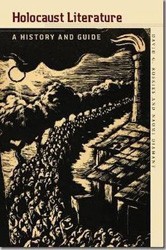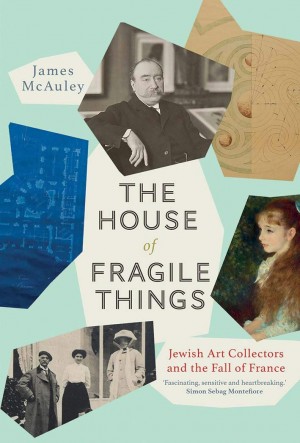Adolf Hitler’s interest in the arts was as intense as his racism. Hitler viewed himself first and foremost as an artist and promoted the arts so as to create a supreme Aryan culture state. Viewing modern art as a form of “degeneracy” that threatened to undermine the so-called Nazi “people’s community,” Hitler’s war against the Jews was as much prompted by his ideology of Aryan supremacy as it was to rid Germany of what he believed to be the Jews’ corruptive influence on culture via their involvement in all aspects of modernity. This all came to a head with the Degenerate Art exhibition, mounted by the Nazis in Munich in 1937, consisting of modernist artworks chaotically hung and accompanied by text labels deriding the art. Designed to inflame public opinion against modernism as well as its alleged Jewish progenitors, the exhibition subsequently traveled to several other cities in Germany and Austria.
This war against modernism, however, is not to neglect a more sordid aspect of Nazi Germany’s preoccupation with the arts, and a less understood aspect of the Holocaust. The Nazis also engaged in the theft of art collections, much of which came at the expense of Jewish art collectors. Beginning in 1933, Jewish art collectors were under extraordinary pressure from German officials to surrender their collections. Many yielded their masterpieces at ludicrously low prices in exchange for exit permits for themselves or members of their families. In Lost Lives, Lost Art, Melissa Müller and Monika Tatzkow present for the first time thoroughly researched biographies of major Jewish art collectors in Germany, Austria, and the Netherlands, whose artworks were stolen by the Nazis. Following Kristallnacht, for example, the Nazis passed a number of anti-Jewish ordinances to “legalize” their looting. After the annexation of Austria in March 1938, one-of-a-kind collections, such as that of the Rothschild family, was seized without compunction.
Starting in 1940, the Germans stole art collections in the Nazi occupied countries. As the authors write, “whole truckloads and trains filled with works of art made their way back to Germany, filling museums and private “Aryan” collections — first and foremost those of the insatiable art fanatics Adolf Hitler and Hermann Goring.” This handsome volume filled with photos and pictures of stolen art tells the entire story of colossal theft and the efforts of the heirs to retrieve their stolen patrimony. The stories of the legal clashes between the heirs determined to retrieve their inheritance, and the current owners is a fascinating story in itself.





